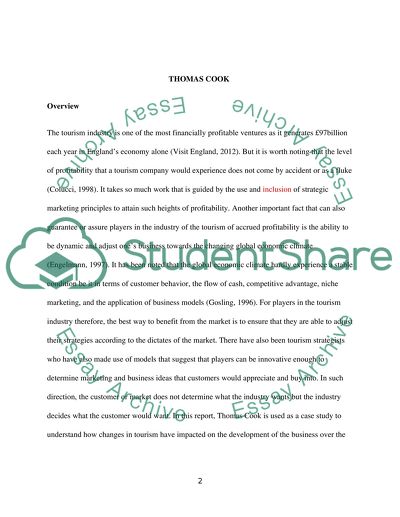Cite this document
(“Position of Thomas Cook in the global tourism/hospitality market Essay”, n.d.)
Retrieved from https://studentshare.org/tourism/1404378-thomas-cook
Retrieved from https://studentshare.org/tourism/1404378-thomas-cook
(Position of Thomas Cook in the Global tourism/Hospitality Market Essay)
https://studentshare.org/tourism/1404378-thomas-cook.
https://studentshare.org/tourism/1404378-thomas-cook.
“Position of Thomas Cook in the Global tourism/Hospitality Market Essay”, n.d. https://studentshare.org/tourism/1404378-thomas-cook.


